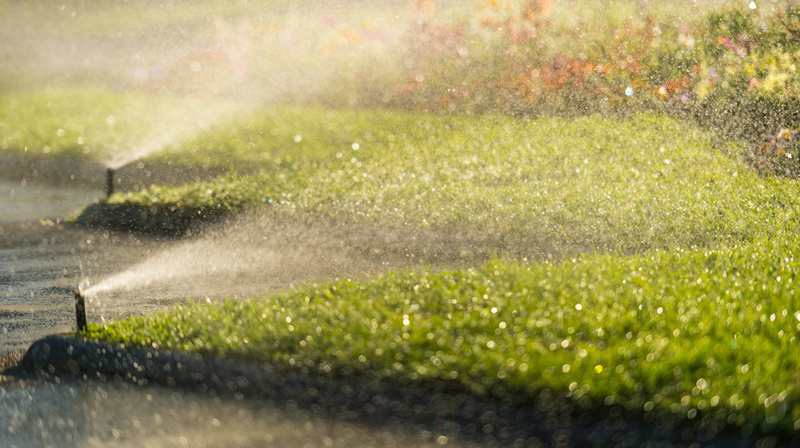
Your Fall Lawn: Mowing, Watering & Repairing
With the arrival of fall, Florida lawns require different care and watering than they do in summer. The dormant season typically demands less frequent mowing and more irrigation. It also allows more time for completing turf repair projects. Note your lawn’s changing needs now.
Summer has come to a close and autumn is here. And while Florida does not experience seasonal changes in the same way as do our friends to the north, the sun does shine a little less intensely and turf growth slows. What does this mean for you?
Your lawn requires different care during the growing season than it does in the dormant season. Not only that but maintaining a winter lawn as you would in the summer can do more harm than good. Read on for more fall lawn care tips!
Mowing Frequency
In the summer, turf grass requires cutting regularly and often. Left unattended for too long, it easily can take a homeowner twice as long to normal to mow it and remove clippings. Most homeowners mow once a week, but sometimes even seven days between cuts is pushing it.
As heavy rains become less frequent and daily temps cool, lawns may be mowed at longer intervals. In October and November, they may require a cut once every ten days or two weeks. Come December, you may only need to mow every three weeks.
Our adaptation of the old saying is, “mow smarter, not harder!”
Lawn Maintenance Projects
As mowing takes up less of your time, consider investing that same block of hours in different ways.
Make a list of things you’ve noticed over the summer: holes in the ground, soft spots, uneven areas, sections of turf that don’t grow as well as others, etc. Rank the items by priority and do some preliminary research into what will be required to fix each problem.
Small projects often don’t require much more than a trip to the store and a bit of labor, but completing them now will prepare your yard for the next spring and summer. Projects on a larger scale may need to be done over several weekends, taking up time that isn’t available during the growing season.
Watering Practices
Summer afternoon showers hydrate grass and keep it healthy. Now that fall is here, sprinkler settings may need to be adjusted. There are a few things to keep in mind when considering how and how much to water.
Type of Turf Grass
Common grasses in Florida include Bermuda, St. Augustine, Centipede, Zoysia, and Bahia. As each has differing water needs, it is essential to know which variety or varieties make up your lawn.
Thirst Indicators
Be familiar with how your grass responds when it isn’t getting the water it needs—especially look out for folded blades and turf discoloration. St. Augustine gets crunchy when thirsty, and Bahia goes dormant (but doesn’t die) when it turns brown.
Water Measurement
A good rule of thumb is to apply ½” to ¾” with each watering. The University of Florida recommends placing containers that resemble the size and shape of a tuna can in several places in each watering zone. Allow sprinklers to run until there is ½” to ¾” of water in the cans and note how long it took. Program sprinklers to run for that many minutes in each zone.
Either set sprinklers to run once per week or set reminders for yourself to visually check the lawn and irrigate as necessary.